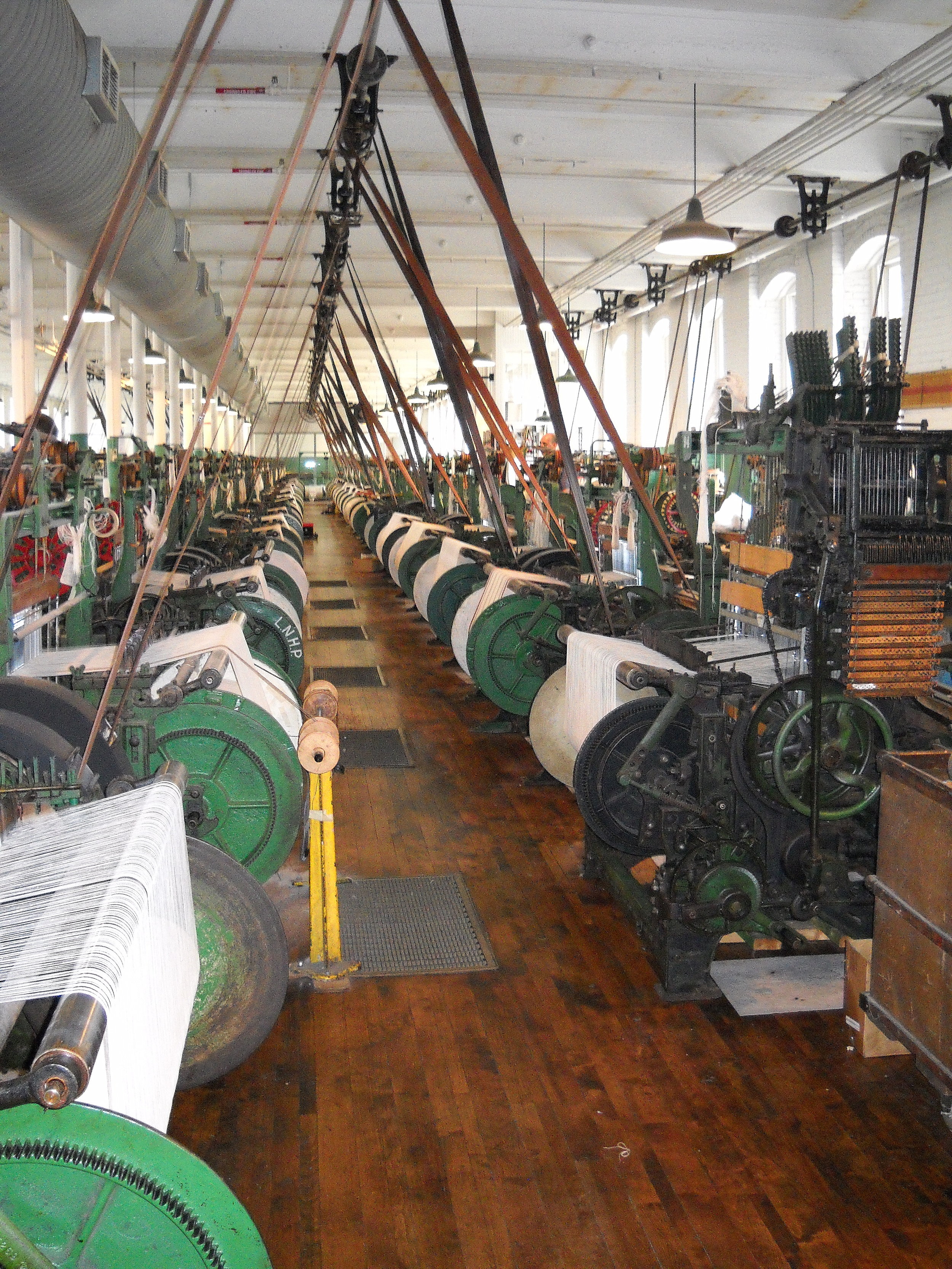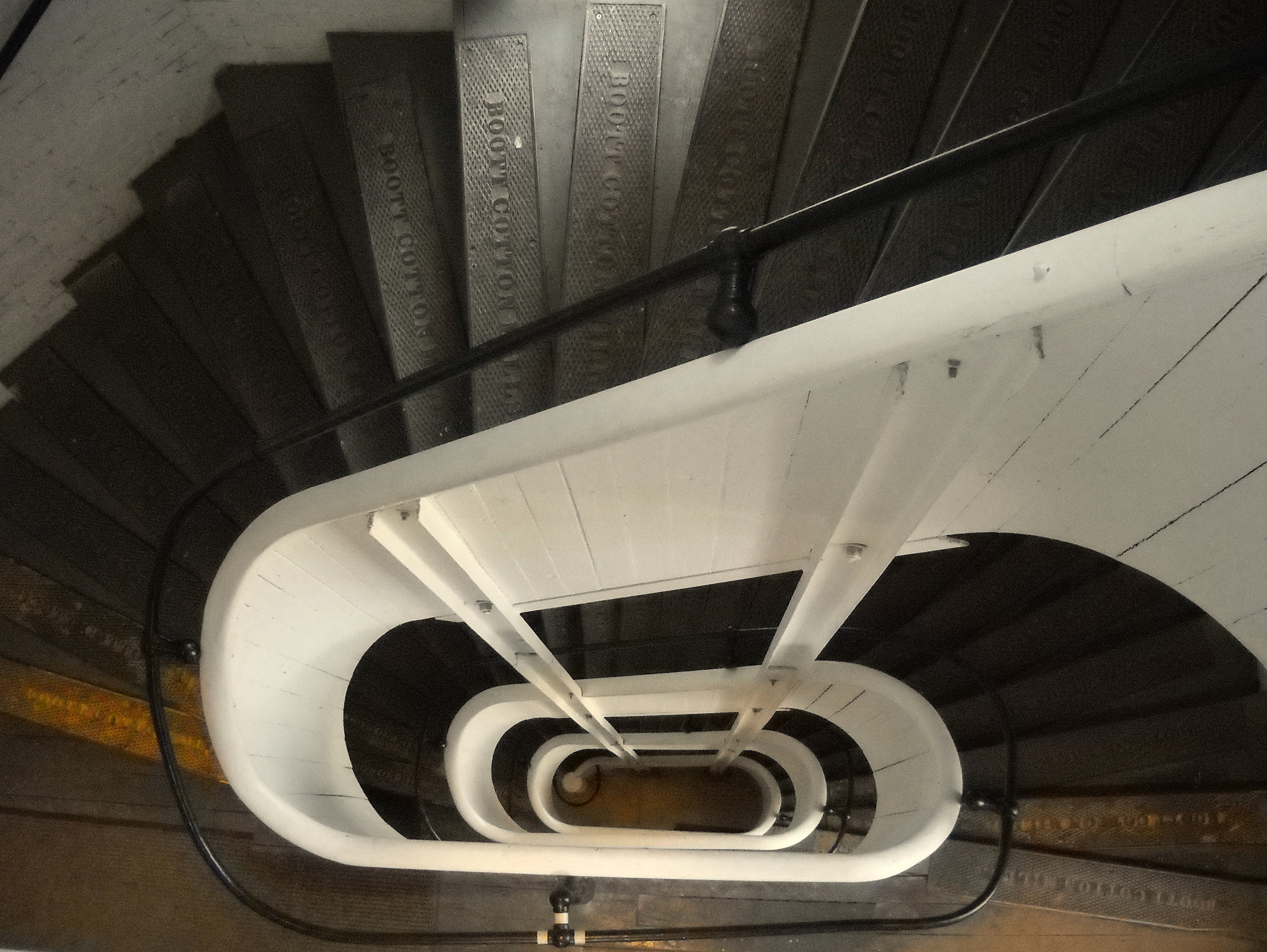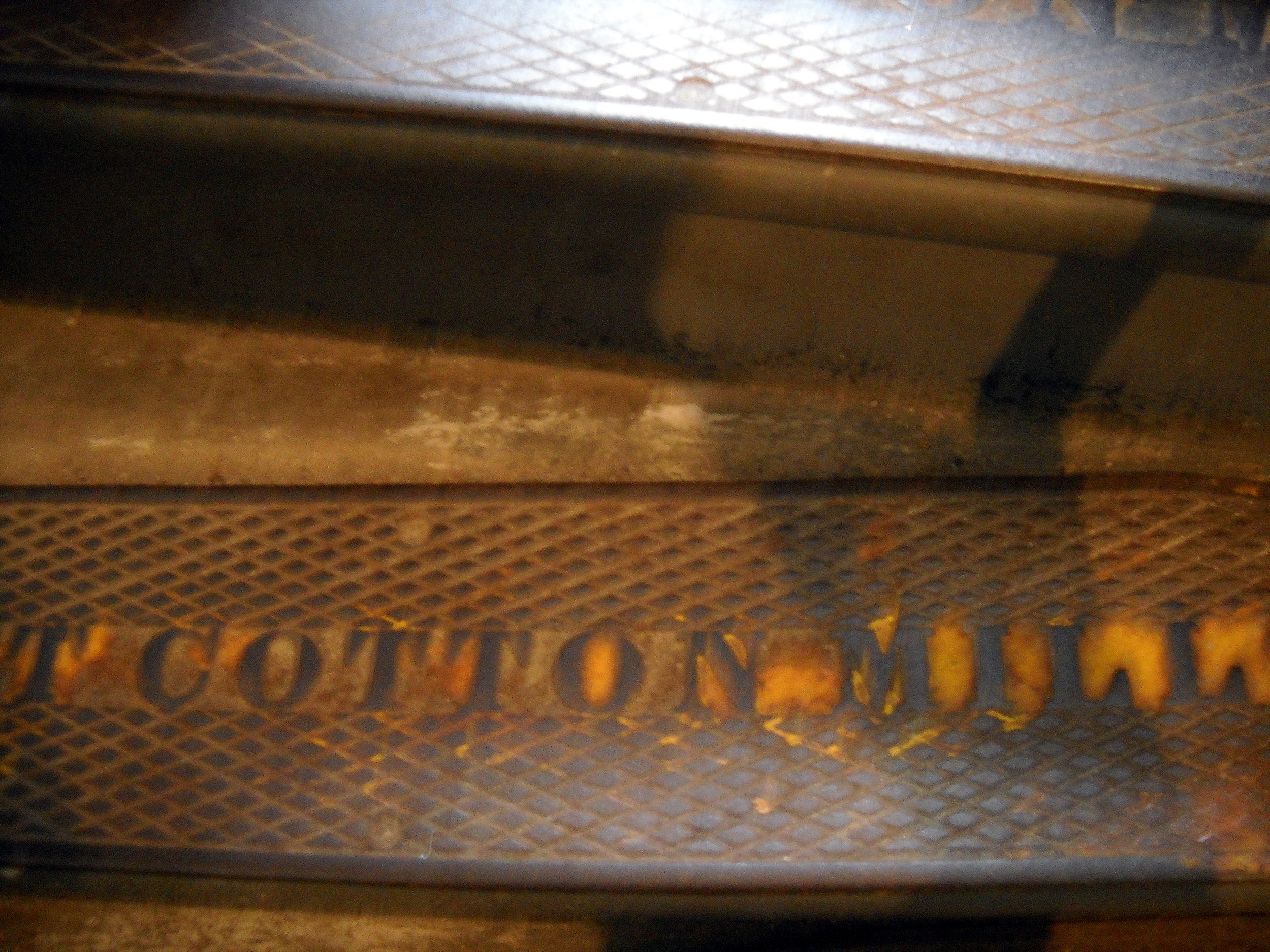Urban Exploring
A year ago, my patient spouse and I moved from an exurb to the city of Lowell, MA. Even though we lived in the center of this (formerly) small town, walking was not an easy activity. In fact the walk score for our former address was 24 - meaning most every errand requires a car.In addition to the advantages of downsizing at this time of our life and letting go of an incredible accumulation of "stuff", we are thoroughly enjoying the advantages of city dwelling. There are real sidewalks here! And the walk score is 94 out of 100.This summer I've made walking around Lowell a priority. There are lots of good reasons for this, not the least of which is walking is good (and painless) exercise.Armed with my iPhone, I try to notice and record at least one part of my walk each day. I'm certainly not a street photographer and an iPhone does not make me Henri Cartier-Bresson, but it's kind of a fun reminder to look around and appreciate what surrounds me.What follows is a compilation of walking around this historic and beautiful city. And we're off to more places to explore.
[embed]https://youtu.be/zVpjaSKU2Cc[/embed]







 One of our activities this week was a trip to the
One of our activities this week was a trip to the  Third Graders. The program we participated in - Change in the Making - enabled students to learn about how this area of Massachusetts changed from farmlands to factories over a period of about 100 years. The black and white photograph is an image of one of the looms outside of the weave room. Only a few looms inside the room were running on the day we visited, but the clatter was nearly unbearable. Imagine having to work in such an environment for 10 to 12 hours each day.One of the most (un)popular parts of the tour was the climb to the fifth floor activity rooms using the spiraling staircase that the Mill Girls would use. As our guide pointed out, the Mill Girls made several trips up and down the stairs throughout the day.
Third Graders. The program we participated in - Change in the Making - enabled students to learn about how this area of Massachusetts changed from farmlands to factories over a period of about 100 years. The black and white photograph is an image of one of the looms outside of the weave room. Only a few looms inside the room were running on the day we visited, but the clatter was nearly unbearable. Imagine having to work in such an environment for 10 to 12 hours each day.One of the most (un)popular parts of the tour was the climb to the fifth floor activity rooms using the spiraling staircase that the Mill Girls would use. As our guide pointed out, the Mill Girls made several trips up and down the stairs throughout the day.

